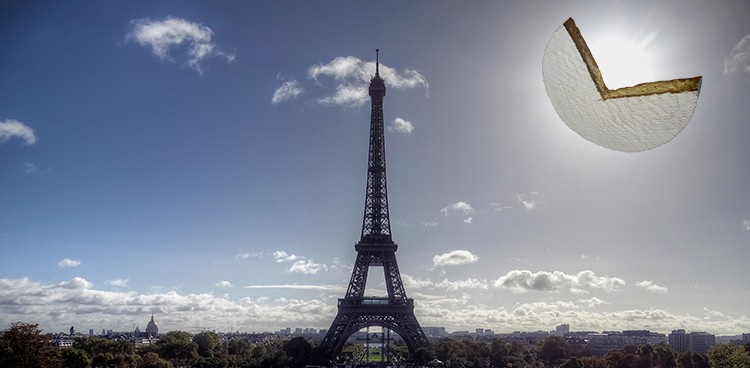
The French food world is up in arms after a documentary showed widespread use of artificial cheese substitutes in French food products. The main cause for alarm rests in the use of vegetable fat instead of milk fat, and restauranteurs are demanding more accurate labeling. In a call to arms, Anne Inquimbert, editor of the food magazine Ideemiam, exclaims that “it’s up to us, the consumers, to mobilize to save our great cheeses, just like our traditional bread and our fine wines.”
To understand the thinking of the most famous nation of cheese-lovers, it’s important to note Inquimbert’s “we” language. What’s at stake for French cheese isn’t merely food quality but rather cultural heritage. This differs from American preferences; given trends like the slow food movement, anti-GMO activism, and locavorism, it seems that our concerns over food origins relate more heavily to health than to culture. Cheese is not just a cultural marker, but the cultural marker of France.
In a paper for the Association for Consumer Research, Scott Roberts (University of Texas at Brownsville) and
Kathleen Micken (Old Dominion University) investigate the importance of fromage. They note that, in an average French hypermarket (which is a big supermarket and not where Han Solo shops, as it turns out), cheese takes up 100 feet of shelf-front. However, 63% of French people believe that their cheese heritage is under “‘threat’ from high consumption by French children of ‘over-processed junk food.’” Roberts and Micken tie this sense of threat to generalized French xenophobia (a 1994 law would have fined advertisers for using English words and put a quota on non-French songs on the radio). What’s more, cheese is seen as emblematic of France’s agrarian past. Even though 80% of French people live in towns, they still regard themselves as a primarily agricultural nation. No wonder foodies are upset that cheesemaking has changed while their backs were turned!
All of this is to say that French cheese originalists don’t want American cheese and American fast food. Which is ironic, since Americans were the original anti-fake-cheese activists. Plus, fake cheese was first made in response to England’s outsized demand for cheese (blame the British!). Even today, the USDA has strict guidelines over what can be labeled as cheese. Cheddar requires 50% milkfat, and mozzarella 45%. Interestingly, “Lite” mozzarella only has to be 10% milkfat, so don’t be deceived!
Feature Image Photo Credit: “Tour Eiffel – Trocadéro” by Yannick Loriot | CC



